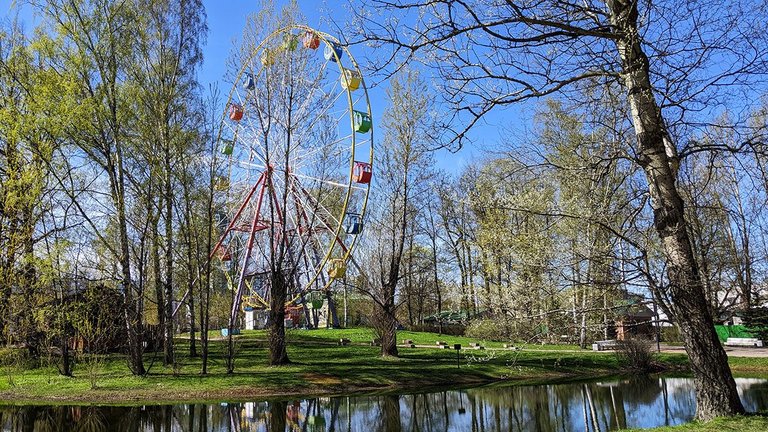
Anyone who looks at city maps from different years can easily see how the city grew and developed. In the very centre is the old rich district, with beautiful mansions and palaces of the nobility. It is surrounded by buildings that were inhabited by a simpler crowd: merchants, servants, artisans. Even further away were once farms and vegetable gardens, but in their place already in the XIX century began to build urban neighbourhoods for workers: the growing industry desperately needed new hands.
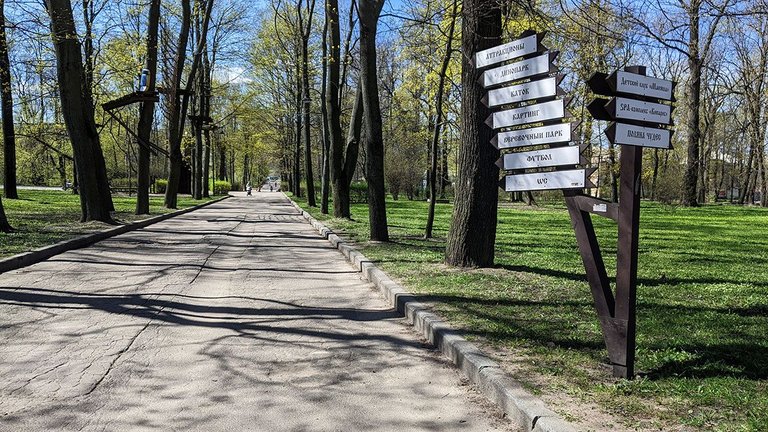
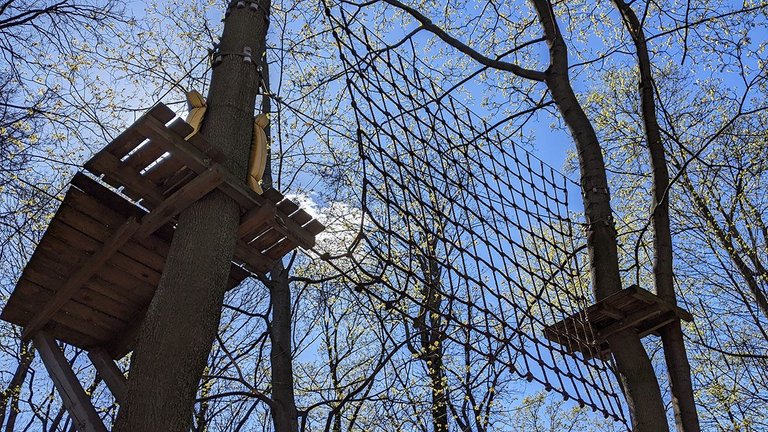
In the XX century, the city limits moved many times, the old boundaries disappeared, there were blocks of new buildings, built with standard houses. But among these new model houses you can sometimes find fragments of the old days - old villages, old country estates, old trade routes and the like.
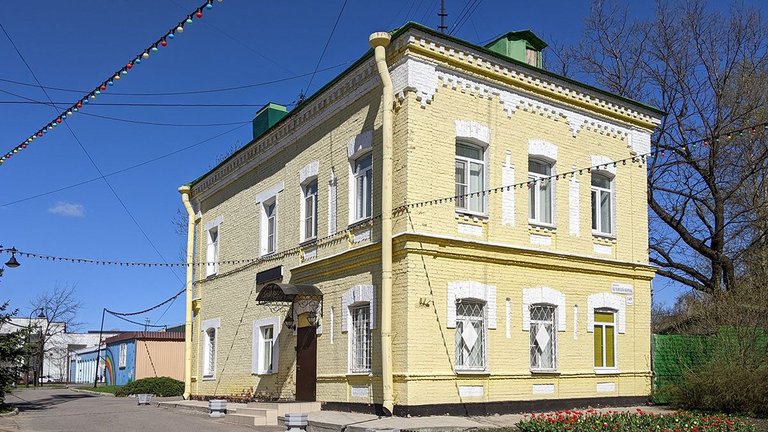
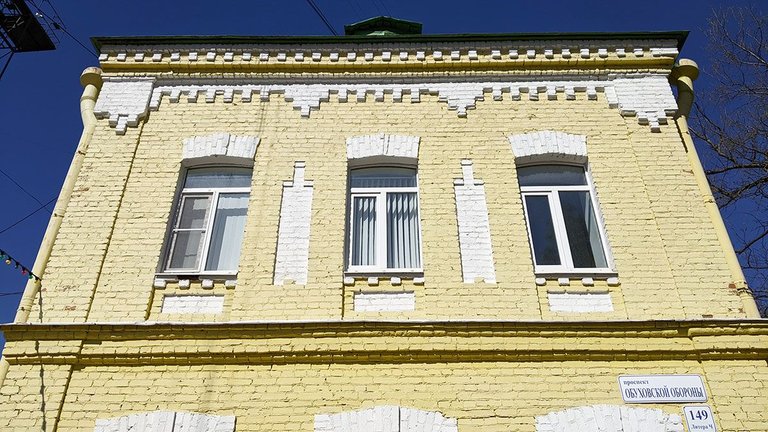
One of the ancient trade routes ran along the bank of the Neva River. This trade route was called the Shlisselburg trakt. The road ran along the bank of the Neva River to Lake Ladoga, and further to the east. The area near this road was built up with good stone houses not only within the city, but also far beyond the city limits. One of the first suburban steam tram lines was laid here. In general, it was a very lively and popular place, although the ‘clean crowd’ preferred to settle in less busy but quieter neighbourhoods.
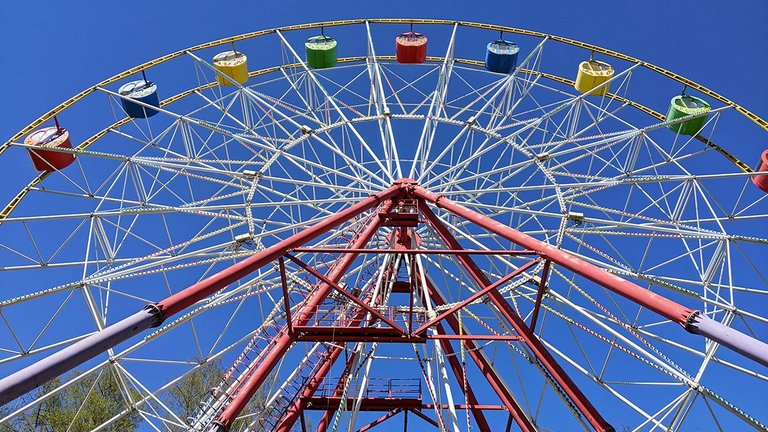

A small park on the bank of the Neva River has been preserved from the times when there were solid forests along the old road. Part of the forest was cleared for the construction of a hunting castle. In the XVIII century the surrounding forests were still rich hunting grounds. Nowadays it is hard to imagine it, from wild animals you can meet only squirrels. Later the park became a favourite place for recreation of local residents.
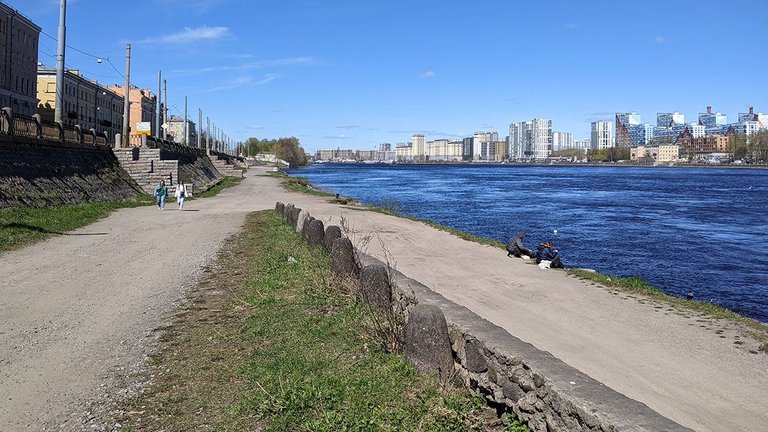
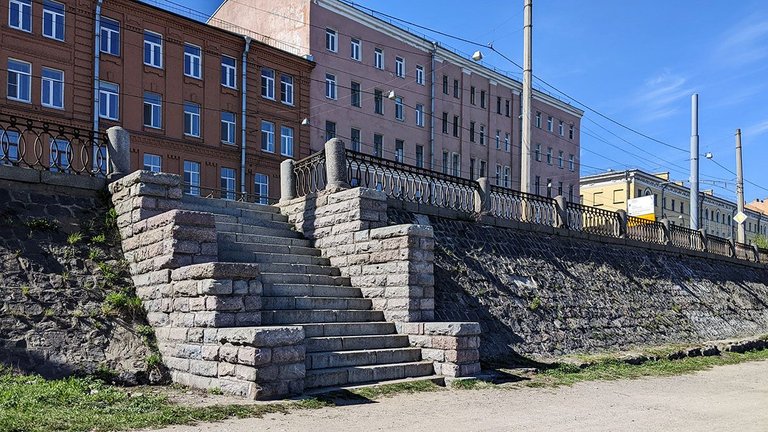
If you walk through the park, you can come to the old embankment of the Neva River. The embankment here looks as if nothing has changed on this bank for at least 100 years. Except that barges with firewood and other goods have stopped queuing up for unloading. Gentle slopes were made especially for carts. Fragments of the old cobblestone pavement have been preserved in some places. Once there was a ferry from this embankment to the opposite bank. But after a bridge was built a little further downstream, the need for a ferry crossing disappeared.
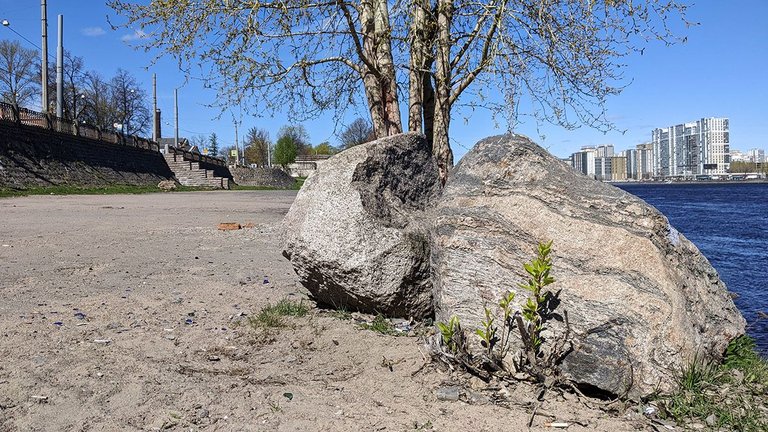
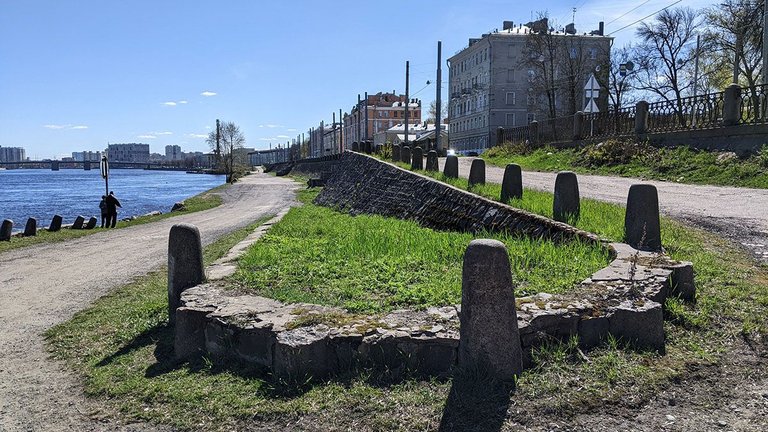
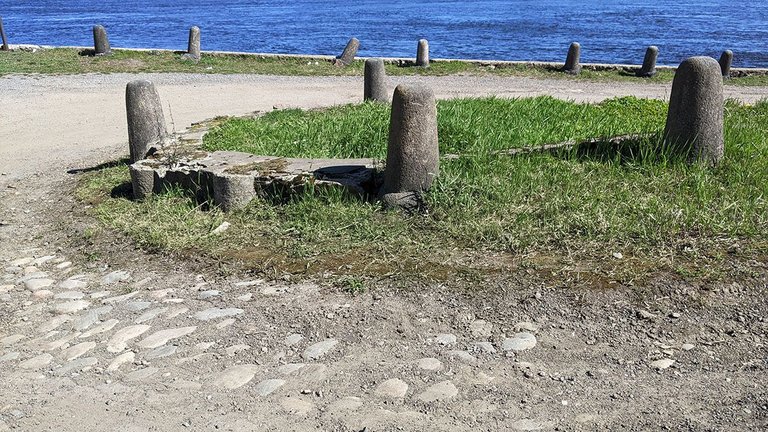
Apart from the garden and the embankment, I also wanted to visit the lions. Watchful lions guard the building of the old Alexander Iron Foundry. Perhaps they need guarding themselves? The factory was built in 1825-1826 in classicism style. The facade of the building is hidden behind dense bushes, but if you look closely, you can see the correct classical proportions of the architecture.
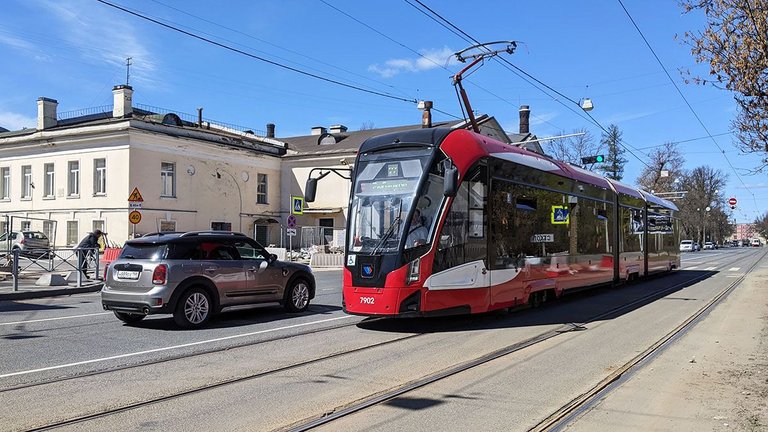
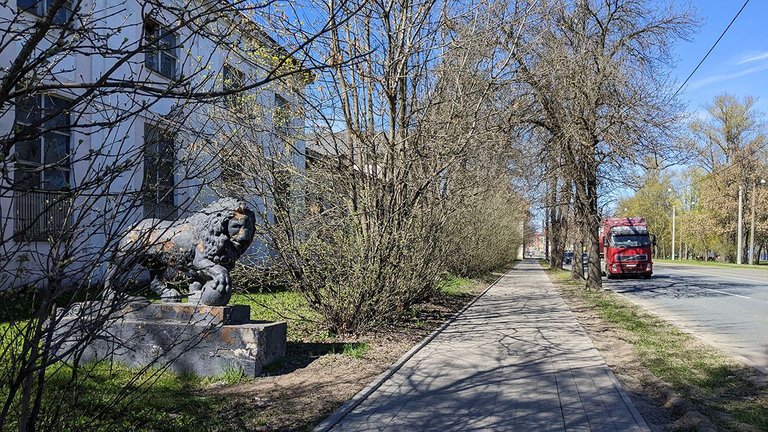
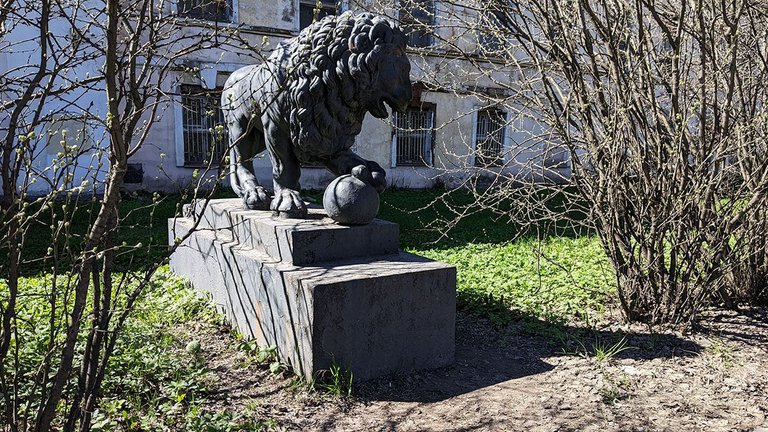
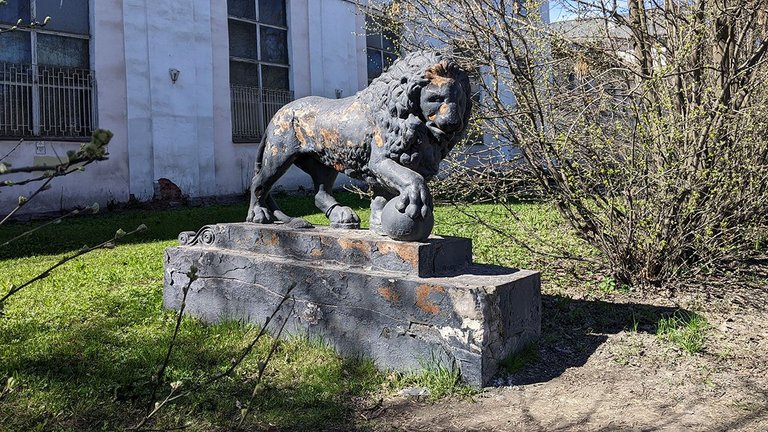
| ○ | ○ |
|---|---|
| Smartphone | Google Pixel 3a |
| Location | Saint Petersburg, Russia |
This is my entry for the #WednesdayWalk challenge by @tattoodjay.

